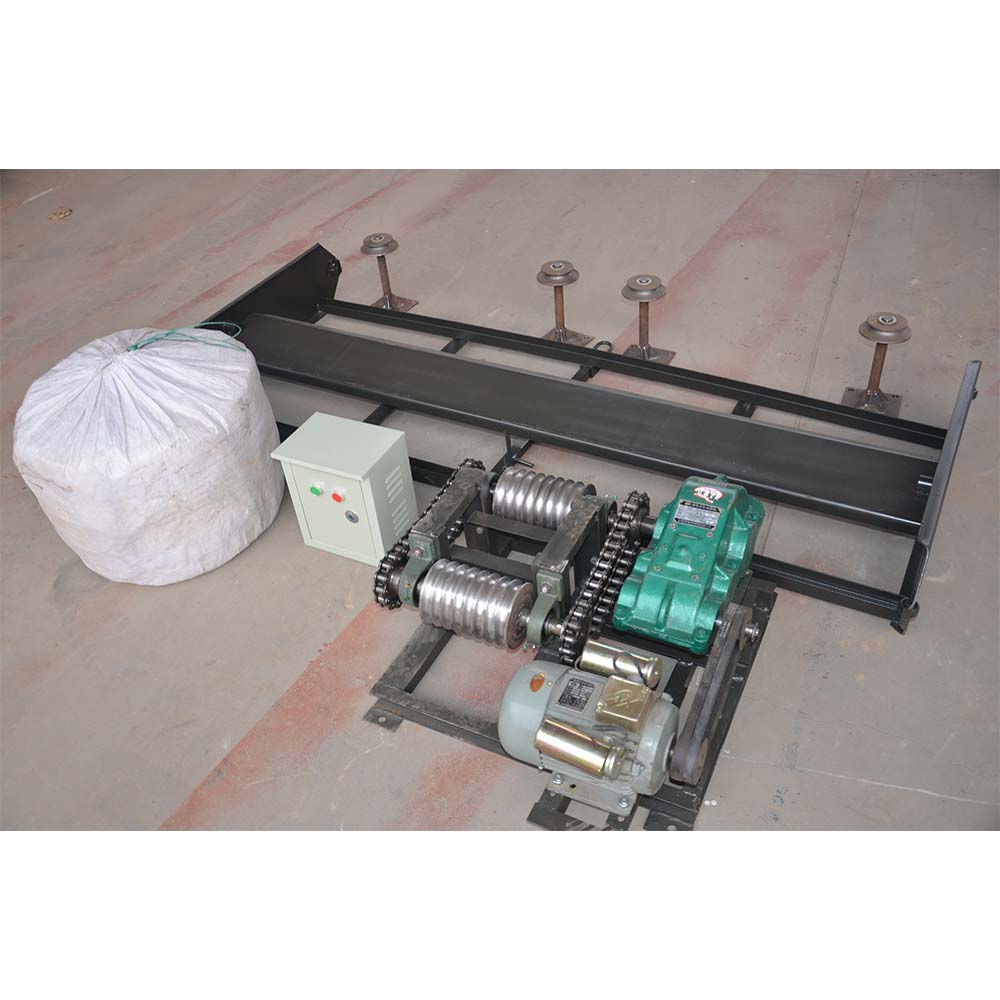High-Efficiency Fish Feed Pellet Production Equipment for Optimal Aquaculture Nutrition Solutions
Jul . 27, 2024 16:43 Back to list
High-Efficiency Fish Feed Pellet Production Equipment for Optimal Aquaculture Nutrition Solutions
The Importance of Fish Feed Pelletizer Machines in Aquaculture
In the rapidly evolving field of aquaculture, the demand for efficient and high-quality fish feed has become paramount. One of the most significant innovations to emerge in this sector is the fish feed pelletizer machine. This equipment not only revolutionizes fish feed production but also enhances the overall efficiency and sustainability of aquaculture operations.
What is a Fish Feed Pelletizer Machine?
A fish feed pelletizer machine is an industrial device specifically designed to produce pellets from various types of fish feed ingredients. It works by grinding, mixing, and then extruding these ingredients into uniform pellets that can be easily consumed by fish. These machines vary in size and capacity, catering to both small-scale fish farms and large aquaculture enterprises.
Benefits of Fish Feed Pelletizer Machines
1. Nutritional Efficiency The production of pellets ensures a balanced distribution of nutrients, vitamins, and minerals essential for the healthy growth of fish. Unlike traditional feed, which can be less digestible and lead to high feed waste, pelletized feed offers superior nutritional value that fish can efficiently convert into growth.
2. Reduced Waste One of the critical challenges in aquaculture is feed waste. Uneaten feed can pollute water and harm aquatic ecosystems. Pelletized feed minimizes wastage as the pellets sink slowly, allowing fish ample time to consume them before they disintegrate.
3. Customization Fish feed pelletizer machines allow producers to customize the size, shape, and nutritional content of the pellets. This ability enables farmers to tailor feed to the specific dietary needs of different fish species, ensuring optimal health and growth rates.
fish feed pelletizer machine

4. Improved Feed Storage Pellets are easier to store and transport compared to raw feed ingredients. Their compact form and lower moisture content decrease the risk of spoilage, allowing for longer shelf life and reduced storage costs.
5. Cost Efficiency While the initial investment in a pelletizer machine may be considerable, the long-term savings are substantial. By optimizing feed production and reducing waste, fish farms can significantly lower operational costs. Moreover, better-fed fish grow faster and healthier, leading to improved profitability.
Technological Advancements in Pelletizing
Modern fish feed pelletizer machines are equipped with advanced technologies that increase their efficiency and ease of use. Features such as automated control systems, energy-efficient motors, and high-capacity output ensure that these machines can meet the growing demands of the aquaculture sector. Additionally, innovations like steam conditioning and precision die technology enhance the quality and consistency of the pellets produced.
The Role of Sustainability
As the aquaculture industry faces scrutiny over its environmental impact, fish feed pelletizer machines serve as a tool for promoting sustainability. By producing high-quality feed with minimal waste, these machines contribute to responsible aquaculture practices. Furthermore, many manufacturers are now exploring the use of alternative ingredients, such as insect protein and plant-based ingredients, in the pellet formulation, which aligns with global sustainability goals.
Conclusion
In conclusion, fish feed pelletizer machines are indispensable in modern aquaculture. They not only improve the efficiency and nutritional quality of fish feed but also promote sustainable practices within the industry. As aquaculture continues to expand to meet global food demands, the role of fish feed pelletizer machines will only become more critical. Investing in this technology can lead to healthier fish, higher yields, and ultimately, a more sustainable future for the aquaculture industry.
-
Hot Sale 24 & 18 Door Rabbit Cages - Premium Breeding Solutions
NewsJul.25,2025
-
Automatic Feeding Line System Pan Feeder Nipple Drinker - Anping County Yize Metal Products Co., Ltd.
NewsJul.21,2025
-
Automatic Feeding Line System Pan Feeder Nipple Drinker - Anping County Yize Metal Products Co., Ltd.
NewsJul.21,2025
-
Automatic Feeding Line System - Anping Yize | Precision & Nipple
NewsJul.21,2025
-
Automatic Feeding Line System - Anping Yize | Precision & Nipple
NewsJul.21,2025
-
Automatic Feeding Line System-Anping County Yize Metal Products Co., Ltd.|Efficient Feed Distribution&Customized Animal Farming Solutions
NewsJul.21,2025






